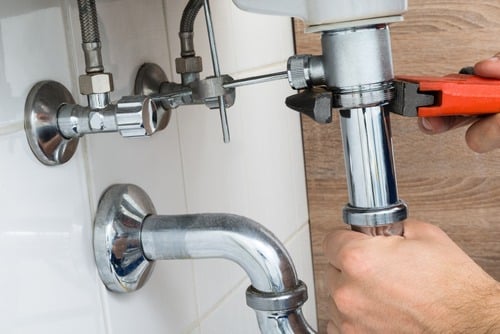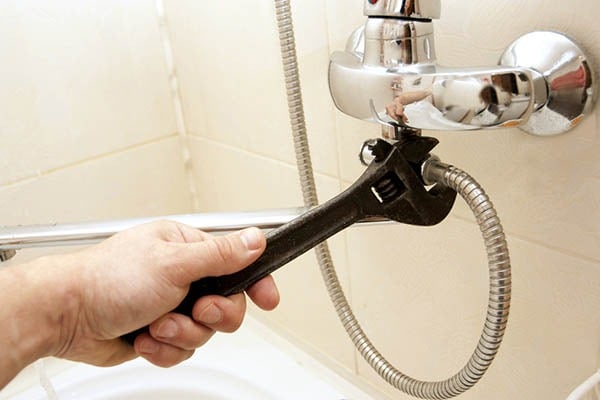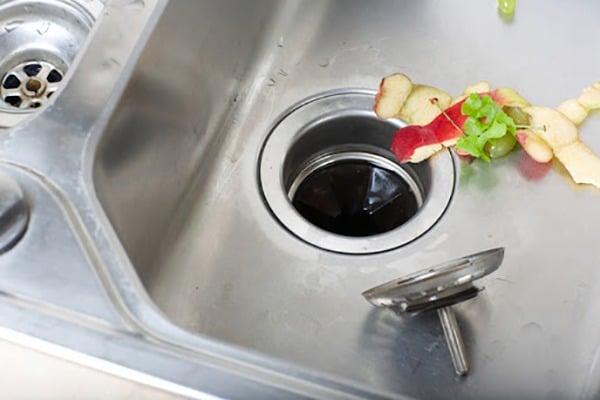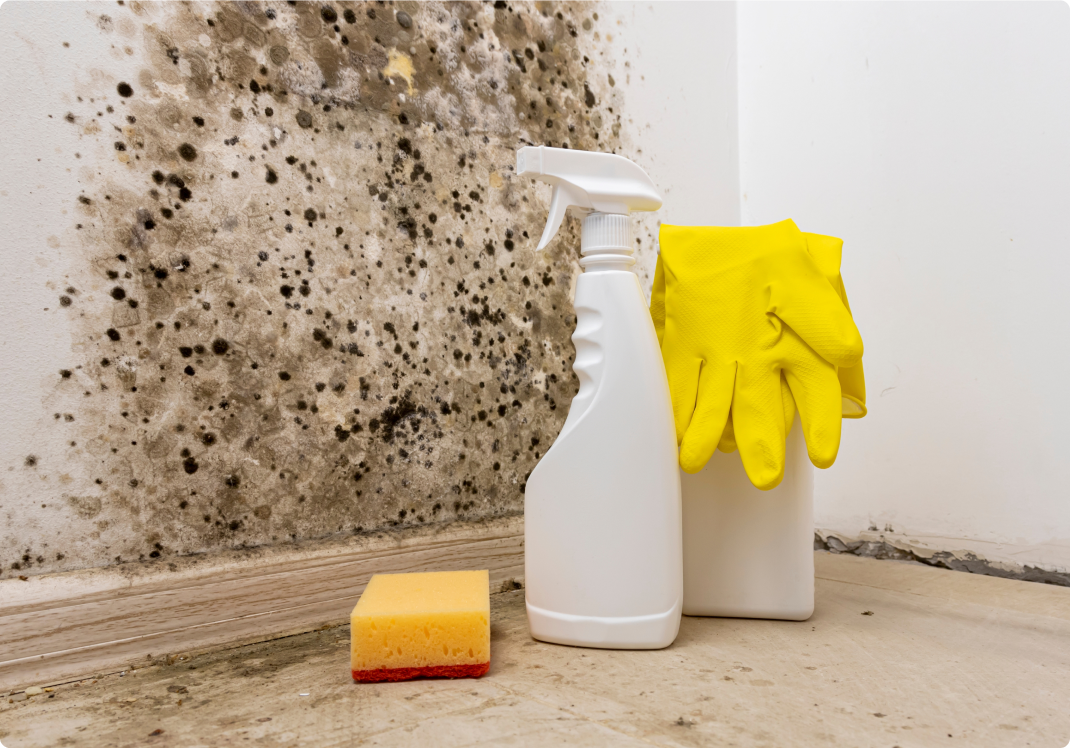Don’t let a leaky sink faucet drain your time, money, or energy. Read on to learn helpful tips on sink faucet replacement—whether you need to fix a leaky faucet or simply want to change the look of your bathroom sink fixtures. This guide will tell you what tools you need, what you should know before replacing a faucet in your home, and how to replace a sink faucet step-by-step.
What Tools Do I Need to Replace a Sink Faucet?
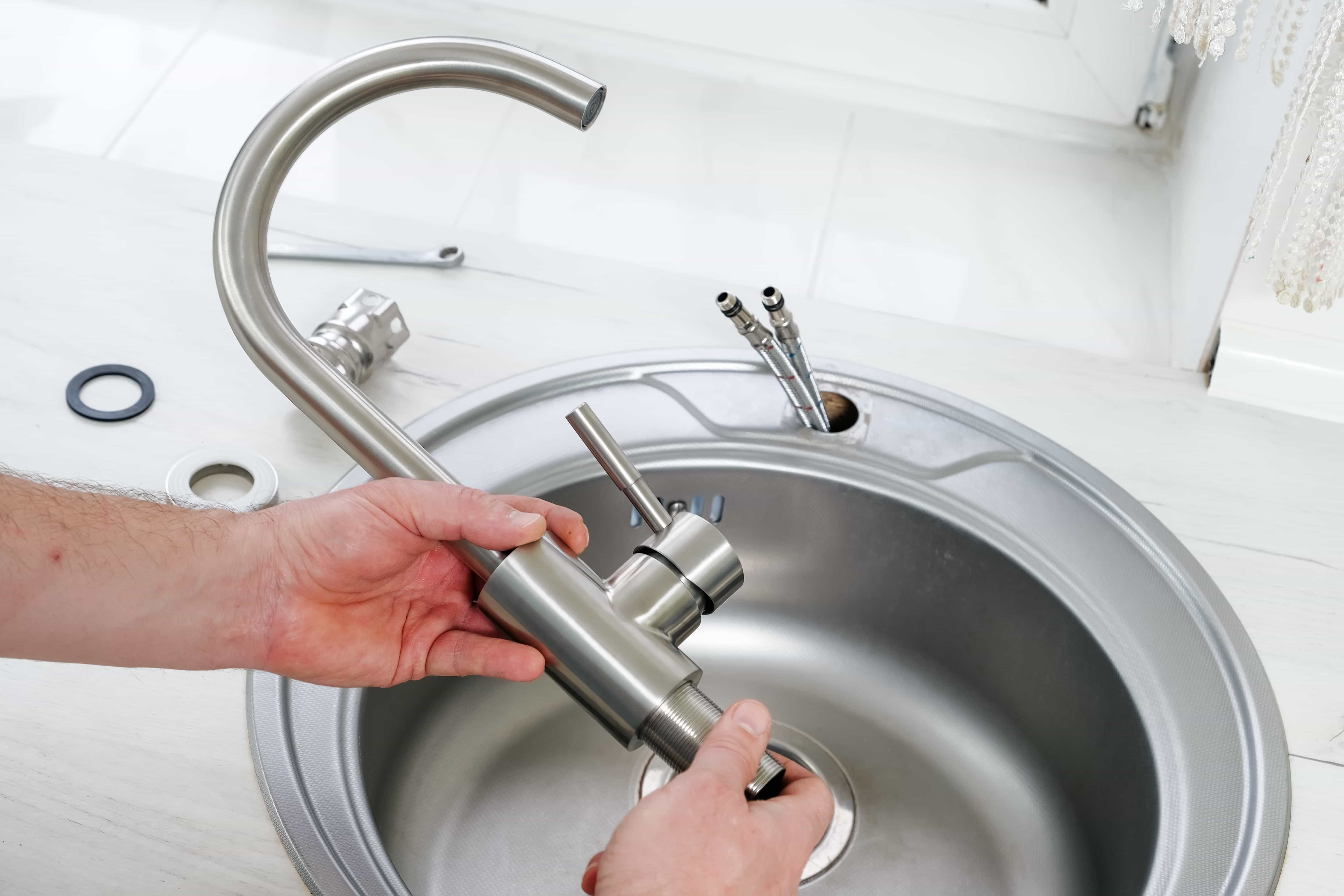
Here’s what you need to replace a sink faucet:
- Adjustable wrenches
- Basin wrench (for reaching the water line connections directly under the faucet)
- Silicone (for sealing the faucet to the sink)
- Plumber’s tape (for better water line connections)
- Plumber’s putty (if your new drain doesn’t come with a rubber gasket to help seal the area)
- Bucket and towel (just in case of a watery mess!)
Note: If you’re installing a smart faucet, you’ll also need batteries, a drill, and the right-sized drill bit.
What Do I Need to Know Before Changing a Sink Faucet?
Whether you’re performing a kitchen sink faucet replacement or replacing the bathroom faucet, there are some things you need to know before you get started.
Faucet type. The first thing you’ll want to figure out when trying to replace a sink faucet is if your new faucet will fit your sink. You should identify if your sink has one, two, or three holes and if the holes are center-set or widespread. If you’re installing a smart faucet, you should also consider factors such as power dock and expandable hose placement. This information is imperative to have on hand when searching for a replacement faucet, whether online or in-person at your local home improvement store.
Other replacements needed. While you’re working under the sink, you may notice that you need to replace more than just the faucet. Be on the lookout for damaged water supply lines or lines that are welded to the old faucet; these will need to be replaced along with your new faucet. If your new faucet comes with a matching drain, you might need to look into replacing your old drain, too.
